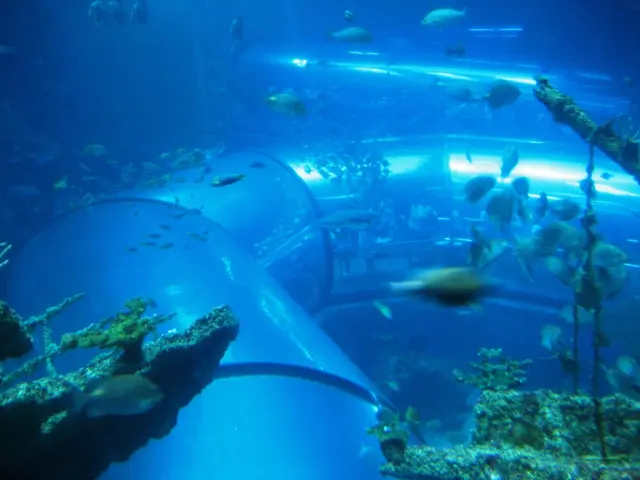The Struggle of Gupit Village: A Battle Against Industrial Pollution in Indonesia
victory for Central Java communities in landmark lawsuit against textile conglomerate over pollution issues
In the farming district of Sukoharjo, on the island of Java, a small village named Gupit has been fighting a long battle against pollution from a textile factory. The factory, PT Rayon Utama Makmur (RUM), a subsidiary of Sritex, opened in 2017 and began producing synthetic fibers, leading to significant environmental contamination.
The factory's operations have severely impacted the residents of Gupit. The pollutants, including chemicals such as dyes, heavy metals, and toxic substances, have contaminated local rivers and groundwater, making them unsafe for drinking, agriculture, and fishing. This contamination has resulted in increased health problems among the population, with skin diseases, respiratory issues, and other health problems on the rise.
The contamination has also damaged local agriculture and fisheries, exacerbating poverty and food insecurity. The local ecosystem has suffered degradation, with reduced biodiversity and disrupted natural cycles.
In response to the prolonged pollution and lack of adequate action from PT Rayon Utama Makmur and Sritex, the local community organized to seek justice and environmental remediation. The community mobilized, documenting the pollution and health impacts, raising awareness both locally and nationally. They filed complaints with local environmental authorities, demanding stricter enforcement of pollution controls and proper treatment of factory waste.
Several legal cases were initiated in Indonesian courts, challenging PT RUM’s environmental management practices and seeking compensation for affected villagers. Under pressure, local and national government bodies started more rigorous monitoring of factory emissions and mandated improvements in wastewater treatment.
While initially resistant, Sritex eventually committed to upgrading its environmental management systems. However, the pace and effectiveness of these measures remain under scrutiny. The community's efforts have brought some improvements, but the struggle continues.
RUM was ordered to pay 277.5 million rupiah (US$16,700) in compensation for masks and medicine, and 222 million rupiah (US$13,400) for medical bills. The company was also required to install and/or repair air and liquid waste-processing units. In 2022, a class action lawsuit brought by local communities contributed to RUM ceasing operations.
The manufacture of viscose fibres from wood pulp used by the fast fashion industry generates carbon disulfide gas, sulfuric acid, and zinc, which can be harmful to the environment. A faulty wastewater pipe operated by RUM dumped pollution unregulated into the Bengawan Solo River for around two months in 2022.
The struggle of Gupit village is emblematic of broader issues in Indonesia and other developing countries where industrial growth often comes at the cost of environmental and social well-being. The legal actions by the community have brought some improvements but also highlighted the challenges of enforcing environmental regulations and securing corporate accountability.
RUM stopped operating in mid-2023, after which Sritex itself declared bankruptcy in March 2023 due to missed debt repayments. More than 10,000 workers lost their jobs as a result. The community's fight continues, with the need for long-term environmental restoration and remediation, as well as support for the affected residents.
The case of Gupit village serves as a significant example of grassroots resistance to industrial pollution and the ongoing struggle for environmental justice in developing countries.
Read also:
- Tale of Suicide of Investigative Reporter Gary Webb, Known for Unveiling CIA Involvement in Drug Trade
- Americans opt for a blend of freedom and death in their decision-making process
- Chocolate may play a significant role in combat against flu during the winter season.
- Solitude Unwanted by Reserved Individuals







